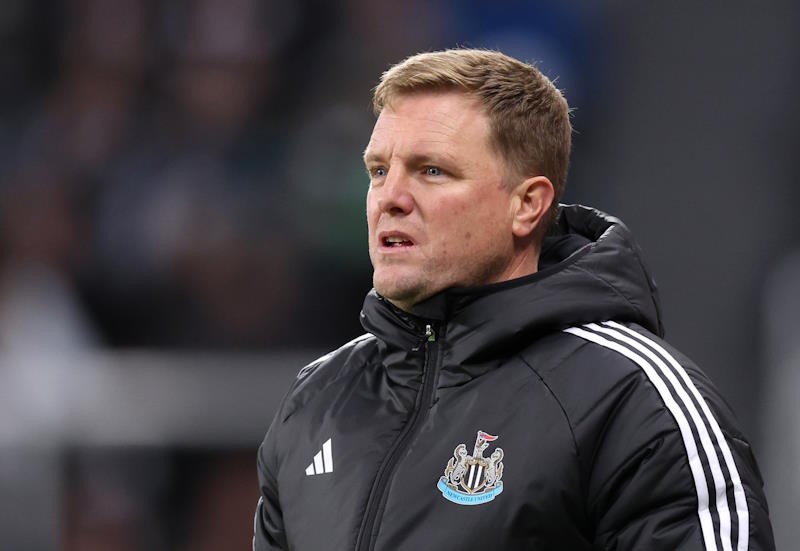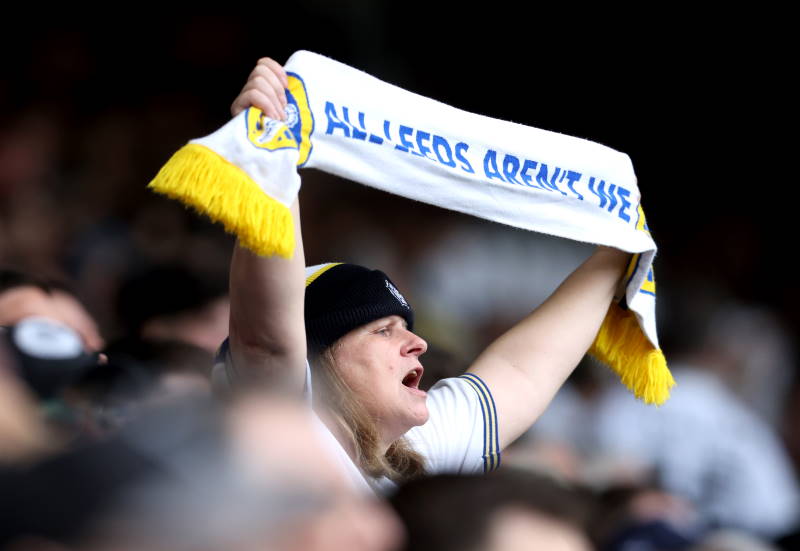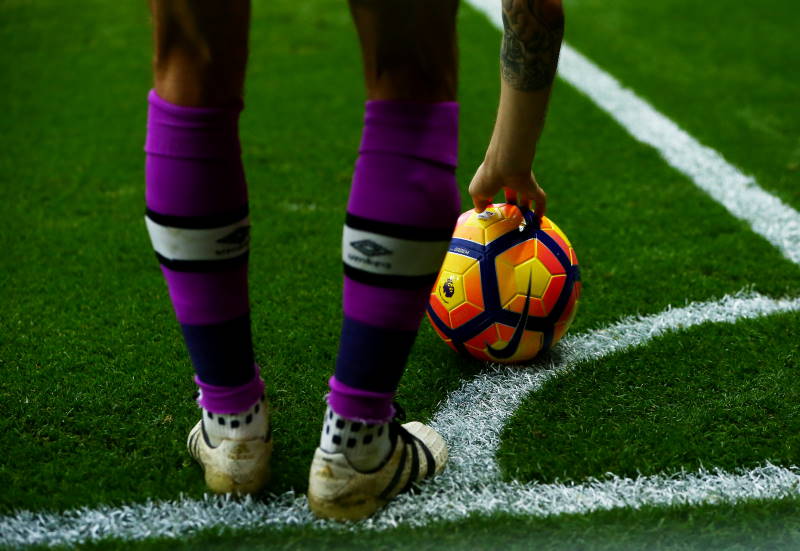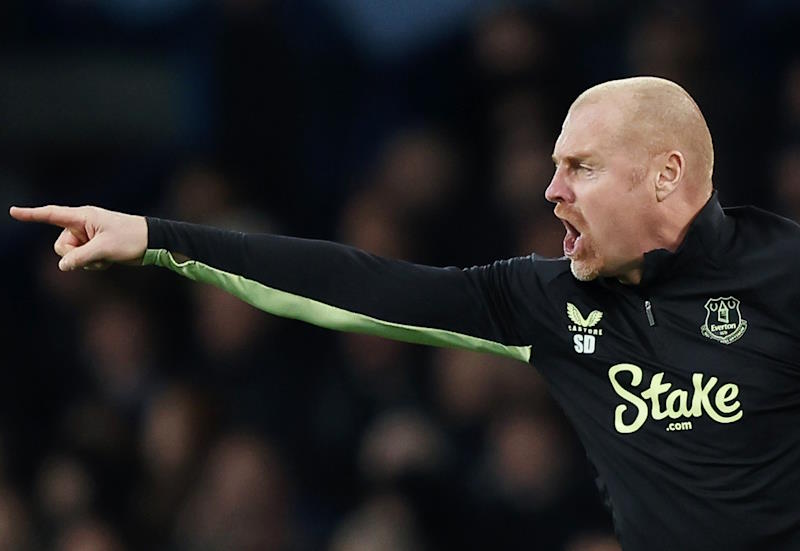
In another in our Coaching Diaries series, UEFA Pro licensed coach Anthony Hudson looks at how various teams play out from defence. The current coach of Bahrain, Anthony worked under Harry Redknapp at Tottenham Hotspur and recently led Bahrain Under-23s to their highest ever finish in the Gulf Cup. Here he looks at the following key points affecting moving the ball out from the back.
• Playing out using different systems
• Specific key coaching factors
• Playing out against different types of pressure
• When do teams play out or play direct and why
• The difference between playing direct v short
Playing Out In A 4-2-3-1 Formation
Basic start positions:
Two centre-backs (CBs) split, full-backs (FBs) push up high, defensive midfielder (DF MF) drops in to make a back three, attacking central midfielders (CMs) move away ‘off shoulder of opposing player’, two wide men (WM) come in off the line, centre forward (CF) occupies both opposition CBs.

Basic Shape/Start Positions

Shape against high opposition pressure
Purpose:
• Play through, around or over.
• Get CMs on ball facing forward.
• Get the ball wide early, to play down the flanks.
• Get No.10/most creative players on the ball/facing forward.
• Not to panic under pressure, always option of playing long with purpose (right area/runners/support)
Key factors:
• Find the ‘spare’ man – Who is free? How do we get the ball to him to play out?
• Depth – CBs drop enough to give themselves space to play.
• Body shape – get into shape quickly so to face forward.
• Movement – keep moving, work in pairs, players leave and fill spaces. Must be runners in behind (at least two runners break opposition backline)
• Passing – moved quickly/with pace and quality. Allow next man to play forward. Diagonal passes (shift opposition/allow receiver to play forward).
• Keep ball moving – change the picture as opposition moves.
• Supporting angles – triangles

Depth: CB drop to get away from pressure, so his first pass looks forward.

Find the ‘spare’ man – CB/FB.

Movement off the ball: Supporting angles. FB (2) can drop or go high and take opposition
WM away. CF breaking opposition backline. MF rotates. WM in off the line.

Breaking opposition backline: Must have willing runners in behind to stretch opposition.

No panic under pressure: always option of going long into CF or in behind.
If goes long, get up and support, become more compact, get near the ball.
Basic Patterns/Options

FB push high – CM comes wide into space left – WM drop in to CM position.

CM gets on ball with space to play forward.


Option: CM gets on ball, facing forward/head up, in space – WM pull off opposition FB and look for ball in behind.
Examples and Key Coaching Points of Top Teams Playing Out
PSV vs FC TWENTE
PSV – CB pass to FB then drops to create space for himself and then able to play forward.





PSV – CM turns out of pressure and plays to RCB. LCB drops to create space/get away from opposition FW.






PSV vs FC TWENTE
CB does not panic under pressure. If you cannot play through or around the press, go over.







Juventus – Playing Out In A 3-5-2
Juventus are a good example of team that effectively passes out from the back in a 3-5-2. The back three split, wing backs push up high, three midfielders rotate, forward players have good movement, deep and in behind.

The key to this system, as in all systems, is the players. Three central defenders that are all comfortable on the ball, two wing backs that can get up and down the pitch well, can attack and defend well, and of course Andrea Pirlo, who mainly sits in front of the three and dictates the game. Juventus have great movement up front, lots of energy, clever play, which is dynamic, has skill and shows great ability. A fine example of how good they are and this system can be was against Chelsea (at Stamford Bridge) in their recent Champions League game, in which they outclassed the home team in nearly every department.
Considerations:
• The ‘third’ central player, in this case Leonardo Bonucci, always starts from deep and moves forward. He spends most of his time facing the opposition goal when Juventus play out. This is significant as in most teams playing out from a back four, a central midfielder will drop in, but he drops in with his back to the opposition’s goal. A small factor, but an important one when trying to get players facing and passing forward, quickly, when under pressure.
• More security if play breaks down. Juventus have their strongest defensive players in the key areas they want to defend.
• Easier to be more fluid and add more numbers in attack as they move up the pitch.

Juventus have good security if play breaks down. Defensive players are all in good positions.
Playing Long
The obvious, basic reasons for playing long:
• Big, strong forwards who are good in the air and can dominate opposition, i.e. Andy Carroll (West Ham)
• Pace and willing runners in behind, e.g. Andrew Johnson (QPR)
• Opposition defenders are slow, play a high line, are poor in the air.
• Context
• Coach's philosophy
• Club's philosophy
• Fans' philosophy (May not allow coach/give coach time to play out and play football)
But when is playing long most effective? When there is space in behind and/or when under pressure.
Example:

Red GK on ball. Reds in a 4-3-3 and shape to play out (open). From this shape,
from this point, there is no great advantage to playing long.

First pass into RCB. Blues automatically go and press and move forward toward the ball.

As they do this, they increase the amount of space in behind there backline,
leaving them exposed. Now Reds need willing runners.

Red CM on the ball, facing forward, space in behind the opposition,
great position to expose the Blues with long pass and good runs.
Coaching Key Factors
• Don’t play too early. Encourage opposition to come forward/out. Composure.
• Players all on the same page. Movement, clever, when to come deep and when to go, etc.
• Type of pass and type of run (in general terms):
• Diagonal run = straight pass
• Straight run = diagonal pass
• Shape after the long pass. Get up and support. Compact. Numbers around the ball (win the second ball) i.e. PSV vs FC Twente diagram above.
Considerations/Thoughts/Ideas
• Pass for the sake of passing? Yes, if it means opposition opposition/attackers are chasing and getting tired.
• FC Twente play out always keeping three players at the back – FB, CB and CB – ask the other FB to push on. (More security when the ball is lost, three defensive players in good positions, as opposed to CM dropping in?)
• Whether play long or short, whole team must be on the same page.
Key factors:
• Start positions
• Movement off the ball
• Body shape
• Quality and line of passing
• Supporting angles
• Diagonal passes
• Confidence
• Movements and shape become automatic
• Repetition, repetition, repetition
• Country (culture), Chairman/owners, fans, league, how much time a coach is given (in the job), belief given to the players, conviction in ideas, patience, time, and quality and mentality of players are all elements that may play a part in how a team will set itself up.
Useful Videos












